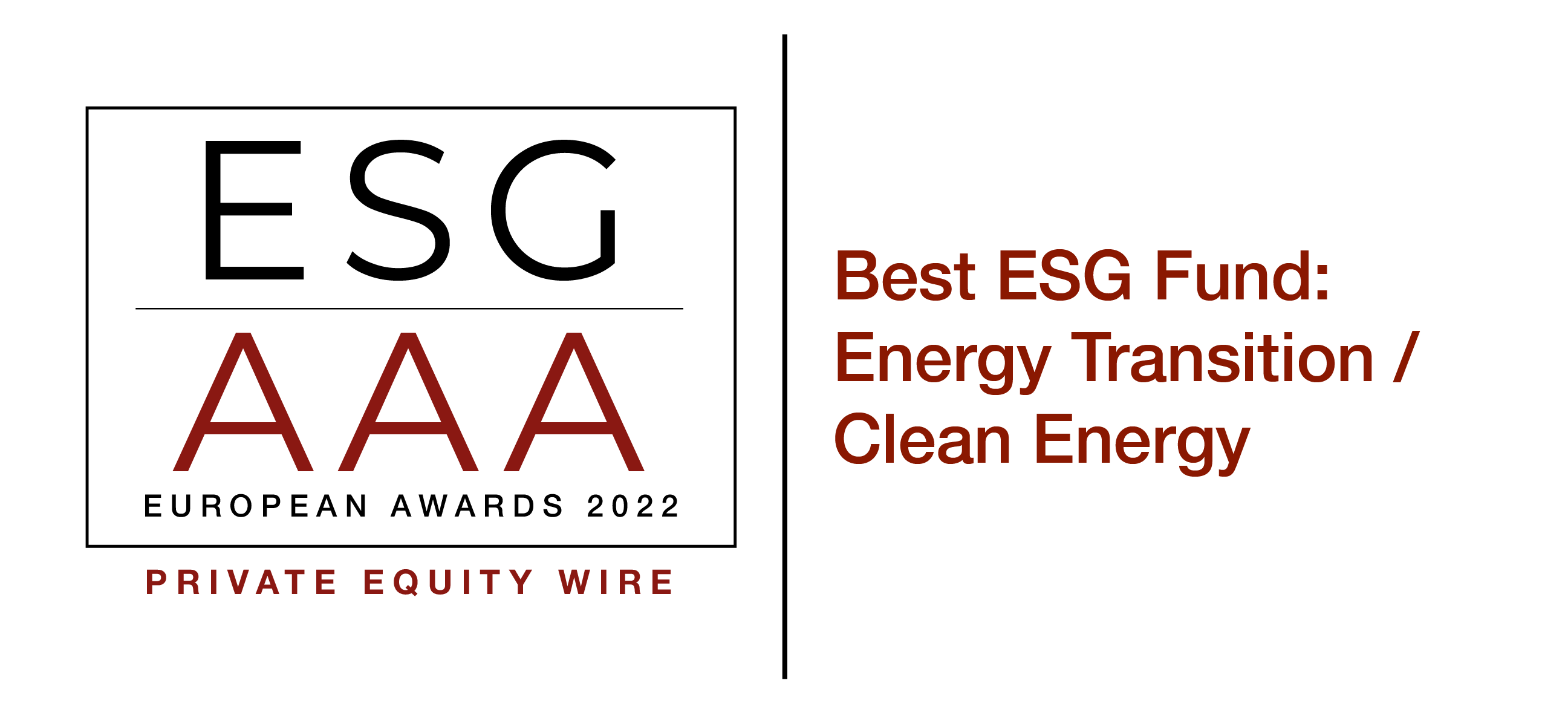The Taaleri SolarWind II Fund is an infrastructure fund investing in ready-to-build, utility-scale wind and solar assets.
The Taaleri SolarWind II Fund has invested in a diversified portfolio of ready-to-build utility scale wind and solar assets in five key markets; the Nordics & Baltics, Poland, Southeast Europe, Iberia and Texas. It is estimated that the Fund will finance approximately 850 MW of renewable energy capacity, which will offset over 1 million tonnes of CO2 annually throughout the 30-year lifetime of the assets. The Fund has completed 11 investments and is fully invested. The Fund has been closed and is no longer accepting new investors.
The Fund’s investors include the European Investment Bank, Ilmarinen Mutual Pension Insurance Company, Varma Mutual Pension Insurance Company, the European Bank for Reconstruction and Development, Obligo Global Infrastuktur II Fund, the Finnish Church Pension Fund, the Nordic Environment Finance Corporation, the Taaleri Group, the Taaleri Energia team and a wide range of pension funds, foundations, endowments, and family offices.
The projects of the Taaleri SolarWind II fund have produced a total of approximately 4,300,000 megawatt hours (MWh) of clean electricity by the end of 2023, which has already reduced carbon dioxide emissions (CO2e) by approximately 1,400,000 tons by the end of 2023.
This Fund is a financial product, labelled as an Article 9 product according to EU SFDR regulation (2019/2088) and has an objective of making sustainable investments. The “do no significant harm” principle applies to all investments underlying the financial product, as they take into account the EU criteria for environmentally sustainable economic activities.

Sustainability-related disclosures
Summary
Taaleri Solarwind II is labelled as an Article 9 product according to EU SFDR regulation (2019/2088). The Fund has sustainable investment as an objective by constructing and operating renewable energy production. The Fund will therefore contribute to a significant CO2 emission offset or avoidance and, under the EU Taxonomy, have a substantial contribution to the environmental objective of climate change mitigation. The Fund's strategy is to invest only in activities that make it possible to reduce or avoid CO2 emissions.
The Fund makes sustainable investments by the SFDR (2019/2088) and EU Taxonomy regulations (2020/852). Assets the Fund invests in are targeted to be allocated to sustainable investments (approx. 100%) with an environmental objective and EU Taxonomy aligned. However, some cash (estimated at max. 2%) may be held in the Fund accounts at the end of any reporting period.
The Fund's investments do not cause significant harm to any other sustainability objectives. This is ensured by a comprehensive internal and external due diligence assessment carried out prior to an investment decision and by considering all mandatory and two additional principal adverse impact indicators. All investments follow good governance practices and are committed to complying with and implementing the minimum safeguard criteria.
The investment strategy targets control investments in utility-scale construction and operational onshore wind farms and photovoltaic (PV) solar parks. The Fund's primary strategy is to invest in Portfolio Companies, primarily in Europe and the United States. According to the Fund's strategy, the Fund invests only in activities that make it possible to reduce or avoid CO2 emissions by Article 9, paragraph 3 of the SFDR regulation. The Fund is restricted from making investment decisions in technologies other than onshore wind farms and photovoltaic (PV) solar parks. The list of geographies is also restrictive.
The Fund's sustainable investment objective is monitored by collecting and reporting data on sustainability indicators. The fund investments' performance is monitored regularly and throughout the Fund's lifecycle.
The indicators that measure the Fund's sustainable investment objective have been determined based on the Fund's strategy. These sustainability indicators have been defined by evaluating which quantitative or qualitative quantities best describe the sustainability objective or the impacted sustainability factors and which indicators best describe the characteristics of the investments in the Fund. Investments' lifecycle emission calculations and calculations related to principal adverse impacts may be based on partial forecasts and use multipliers and estimates so that they may involve a small amount of uncertainty or inaccuracy. However, these estimates describe in enough detail the magnitude and scale of measurements and thus sufficiently describe the attainment of the investment objective and do not hamper the attainment of these objectives.
To ensure that the investments fulfil the criteria for sustainable investments, they have undergone thorough ESG-, technical-, financial-, tax, and legal -due diligence assessments. In addition, the manager is committed to reporting financial information and developing and implementing appropriate processes for managing and documenting good governance practices. To achieve the sustainable investment objective, used and monitored data are collected quarterly and reported annually.
The engagement policies concerning the Fund and its investees aim to ensure that the Fund's sustainable investment objective is realised and that the Fund nor its investments cause significant harm to the environment, society or employees, and that the activities do not violate human- or workers' rights, nor participate in corruption and bribery. The manager regularly monitors and audits our own operations and investments. No reference benchmark is designated to attain the sustainable investment objective of the financial product. Thus, the used sustainability indicators and investment targets fulfil the minimum standards common for EU climate transition benchmarks and EU Paris-aligned benchmarks and minimum standards for EU Paris-aligned benchmarks as defined in the (EU) 2020/1818 regulation. Target companies commit to setting and implementing science-based emission reduction plans to achieve net zero emissions by 2030.
The Taaleri SolarWind II fund has made eleven investments.